Traditional pop in Botswana
By Modirwa Kekwaletswe
In the late 1960s, the South African Broadcasting Corporation (SABC) wanted to cross the border into Botswana to record traditional music. However, the director of broadcasting at Radio Botswana, Bryan Edgner, gave the SABC a counter-proposal: instead, Radio Botswana employees would record the folk music of the region, and then pass the tapes on to the SABC[1].
 The late Stampore.
The late Stampore.
Thus, in 1968-69, a recording team – led by Batho Molema – moved from village to village recording traditional music and poetry. The team also captured sounds during events such as independence celebrations and agricultural shows, and other folk artists were invited to Radio Botswana’s studios to record their music on site[2].
Before Batho Molema’s efforts, all music played on Radio Botswana came from outside the country, especially from South Africa and other African countries such as Zaire (now the Democratic Republic of the Congo), Western Europe and the US. However, his team’s recordings formed a rich archive, and for more than five decades now the station has been playing this traditional folk music on its popular Sunday morning programme Dipina Le Maboko (Songs and Poems)[3].
Traditional pop in Botswana is a direct development from this folk music (which is sometimes known as borankana). This influence is usually found in two forms: (i) the rhythmic arrangement and instrumentation of the music, where musicians blend traditional forms with modern pop influences and use traditional Bastwana instruments such as rattles (matlhoa) and whistles; and (ii), where artists simply remake or rearrange a traditional folk song. In this instance, the pop artist will modify the melody and use part (or all) of the lyrics of the traditional song[4].
The birth of the ‘traditional pop’ sub-genre
As mentioned, in the first three decades of Botswana’s independence (1966-1996), there was very little recorded music by local artists on the airwaves. However, three factors led to the development of traditional pop in Botswana: business, technology and the media (primarily radio).
Music requires enterprise to thrive, and while previously there was no record company in Botswana to sign, record and market local music, this changed in 1995 when an advertising executive at the Botswana Guardian, Eric Ramogojwa (Eric Ramco), quit his job and established Eric Ramco Records. The goal of the company was to record and popularise traditional music, and the label’s first release was Ke Go Saenetse by the late folk singer Malefo 'Stampore' Mokha[5].
Technological development was another big factor in the growth of Botswana’s music industry in the 1990s. While in the past, recording a studio album required a line-up of skilled instrumentalists, with the influx of new digital recording technologies, producers could take more of an active role in sampling and programming the accompanying sounds[6]. This drove down recording costs, and artists of the mid- to late 1990s took advantage of this evolving technological landscape[7].
The final factor that led to the growth of traditional pop music was the government’s decision, in 1992, to start a youth-oriented radio station called Radio Botswana 2 (RB2). This energetic platform – driven by DJs such as David ‘Skizo’ Molosi, Solomon Bame Monyame (Solo B), Sammy T, Thato ‘DJ Fresh’ Sikwane and Sidney Baitsile – ushered in a period of substantial artistic growth. It supported emerging acts by playing their music and interviewing them on the station, and thus giving them a means to establish a loyal base of followers[8].
First off the mark – pioneers of traditional pop
In 1997, Monaga ‘Stika Sola’ Molefhi released an album titled Khubama, which introduced the traditional sound of borankana to the popular music market. Molefhi, however, did not pursue this sound in future recordings and ceded ground to those who followed in his footsteps[9].
A few years later in 2001, Segomotso Nkgomo, working with Machesa Traditional Troupe, released the album Moselele through Eric Ramco Records. The concept of the album, which featured traditional sounds and reworkings of well-known folk songs, was a collaboration between Nkgomo, Ramco and Ugandan producer Robert Dargie. Although Moselele was not a huge commercial success, it was critically acclaimed and garnered two nominations at the 2002 Kora All Africa Music Awards[10].
In the years following the release of Moselele, Machesa Traditional Group carried the traditional pop genre forward. Their album Tshipidi won a Kora Award in 2003, and their third album, entitled Kora in acknowledgement of their growing success, captured wide attention and became the first of Botswana’s traditional pop records to reap significant commercial success[11].
Highlights of traditional pop
The early 2000s were the boom years for the sub-genre of traditional pop, with many artists releasing hits and gaining national attention during this time[12].
The scene was characterised by the emergence of traditional pop groups such as Machesa Traditional Group, Matsieng, Dithakga Tsa Mmino, Mokorwana Cultural Troupe, Mogwana, Ditholwana, Culture Spears, Dikakapa, Culture Ambassadors, Ditshimega, Dinyese and Ditshephe. This performance style hearkened back to the cultural practice of singing in groups or troupes (known as dikhwaere), a common pastime around the masimo (cattle posts) of Botswana. Notable solo artists also emerged during this period, including Maxy Sedumedi, Stika Sola, Kgobola (the eventual stage name adopted by Segomotso Nkgomo), Shumba Ratshega, Shirley Mokoka and Mayoress Mokgachana[13].
Producers such as Bullet Ketshabile, one of Dargie’s proteges, would go on to produce Shumba Ratshega’s 'Makhirikhiri', which became a hit in East Africa[14]. The group Culture Spears, which recorded its first album Korone in Zimbabwe, would also scale the traditional pop charts with their second album Kulenyane and go on to perform in South Africa and France.
During this period, Ramco Records released arguably the most critically acclaimed of Botswana’s traditional pop recordings, Setswana Sa Borre (Our Forefathers’ Setswana), by the group Matsieng, which included the popular singles 'Tinto' and 'Mmankoko'[15].
Decline and normalisation of traditional pop
In retrospect, the Matsieng’s Setswana Sa Borre was such a success because it broke the mould. While most traditional pop songs were either remakes or rearrangements of existing folk songs, Matsieng wrote new songs for the album and infused them with borankana sounds.
This reflected the beliefs of Eric Ramco, who thought that the era of remaking or rearranging folk songs was over and that the Radio Botswana archives had been fully exploited. He urged artists to write original songs inspired by the borankana sound, but in his opinion many were found wanting in this regard, and he began to disengage from the traditional pop scene. At the same time, Robert Dargie turned his attention to film production, and the genre had suddenly lost two of its key players[16].
More traditional pop recordings have been released since 2008 but album sales and radio-play figures have slumped, with no sign of revival in sight[17].
Resources and citations:
[1] http://www.thepatriot.co.bw/news/item/2728-radio-botswana-lost-collection-worth-trillions-to-sabc.html
[2] http://www.thepatriot.co.bw/lifestyle/item/2934-from-the-horse’s-mouth.html
[3] ibid.
[4] http://www.themidweeksun.co.bw/vibe/article.php?article=1071
[5] & [16] http://www.thegazette.news/born-under-a-bad-sign-the-story-of-ramco-reco...
[6] https://www.thebroadcastbridge.com/content/entry/8815/in-the-1990s-audio...
[7] http://www.mmegi.bw/index.php?sid=7&aid=20&dir=2010/January/Friday8/
[8] https://www.musicinafrica.net/magazine/music-broadcast-media-botswana
[9] http://www.mmegi.bw/index.php?sid=7&aid=1224&dir=2010/March/Wednesday24
[10] http://www.thegazette.news/and-then-there-was-mmino-wa-setswana/
[11] https://allafrica.com/stories/200702131157.html
[12] http://www.mmegi.bw/index.php?sid=7&aid=14&dir=2009/December/Wednesday16/
[13] http://www.mmegi.bw/2007/January/Friday5/5023808411460.html
[14] https://allafrica.com/stories/200807311219.html
[15] & [17] http://www.themidweeksun.co.bw/vibe/article.php?article=1071
Disclaimer: Music In Africa's Overviews provide broad information about the music scenes in African countries. Music In Africa understands that the information in some of these texts could become outdated with time. If you would like to provide updated information or corrections to any of our Overview texts, please contact us at info@musicinafrica.net.
Editing by David Cornwell












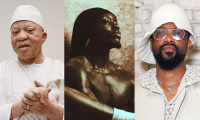
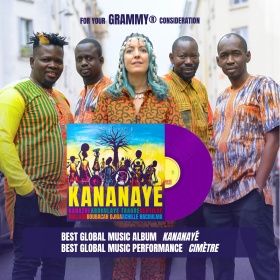




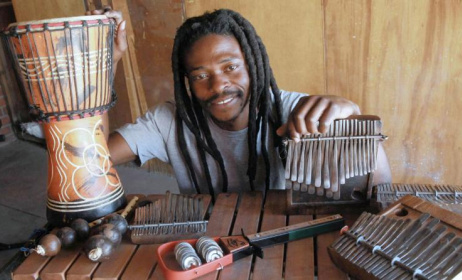


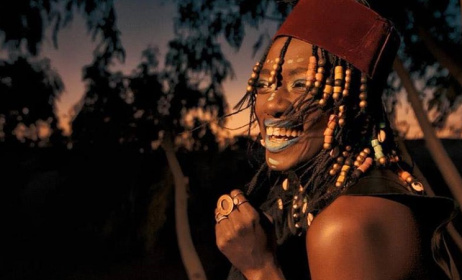

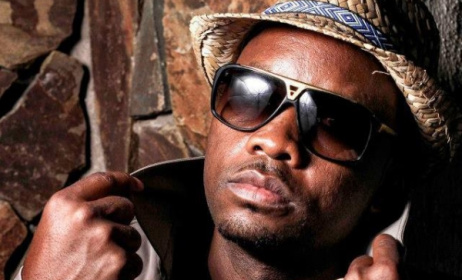
Commentaires
s'identifier or register to post comments